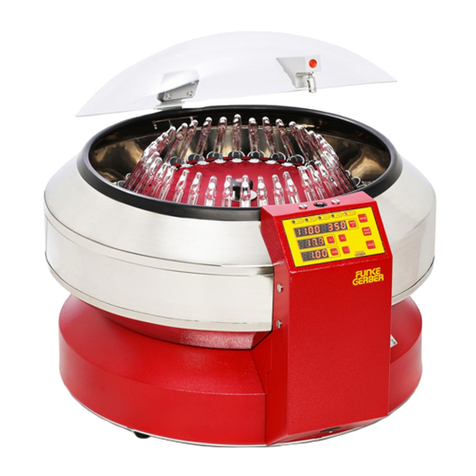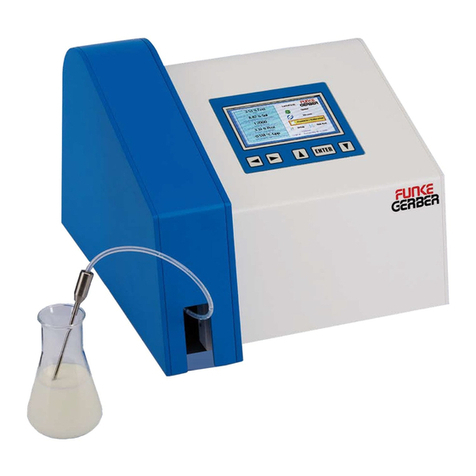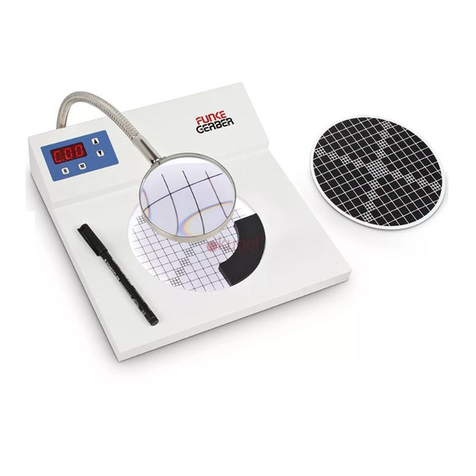Table of contents
1.Introduction........................................................................................................................4
1.1.working with the manual.............................................................................................4
2.Security precautions...........................................................................................................4
a)For your protection....................................................................................................4
b)Measures to the working safety................................................................................4
.Installation..........................................................................................................................5
.1.Unpacking...................................................................................................................5
.2.Scope of delivery........................................................................................................5
. .Installation location.....................................................................................................5
.4.Filling with cooling bath liquid.....................................................................................6
4.Operation...........................................................................................................................6
4.1.Connections................................................................................................................7
4.2.Screen.........................................................................................................................8
a)Start...........................................................................................................................8
b)Status........................................................................................................................9
c)History........................................................................................................................9
d)Statistic....................................................................................................................11
e)Setup.......................................................................................................................11
f)Help..........................................................................................................................1
g)About.......................................................................................................................1
5.Performing measurements...............................................................................................14
5.1.Insert sample vial......................................................................................................14
5.2.Start measurement...................................................................................................14
5. .Saving measurements..............................................................................................14
6.Calibration........................................................................................................................15
6.1.Preparing for calibration............................................................................................15
6.2.Perform calibration....................................................................................................16
a)Adjust the machine to the calibration standard.......................................................16
b)A-calibration............................................................................................................16
c)B-calibration.............................................................................................................16
6. .Pre-calibration...........................................................................................................16
7.Maintenance.....................................................................................................................17
7.1.Replacing the thermistor...........................................................................................17
8.WEEE Notice...................................................................................................................18
9.Error messages................................................................................................................19
9.1.Error codes...............................................................................................................19
a)error lift: end position not reached, please check...................................................19
b)uncalibrated or defective thermistor:.......................................................................19
c)error on calibration: please check solution..............................................................19
d)frozen too early........................................................................................................20
e)plateau not found.....................................................................................................20
f)not frozen..................................................................................................................20
g)cooling system not ready yet...................................................................................20
h)communication error ...............................................................................................21
9.2.Detection of errors during use..................................................................................21
a)Mixing up the A-solution with the B-solution:..........................................................21
b)Mixing up A-calibration instead of B-calibration .....................................................21
c)Defective thermistor.................................................................................................22
2






























